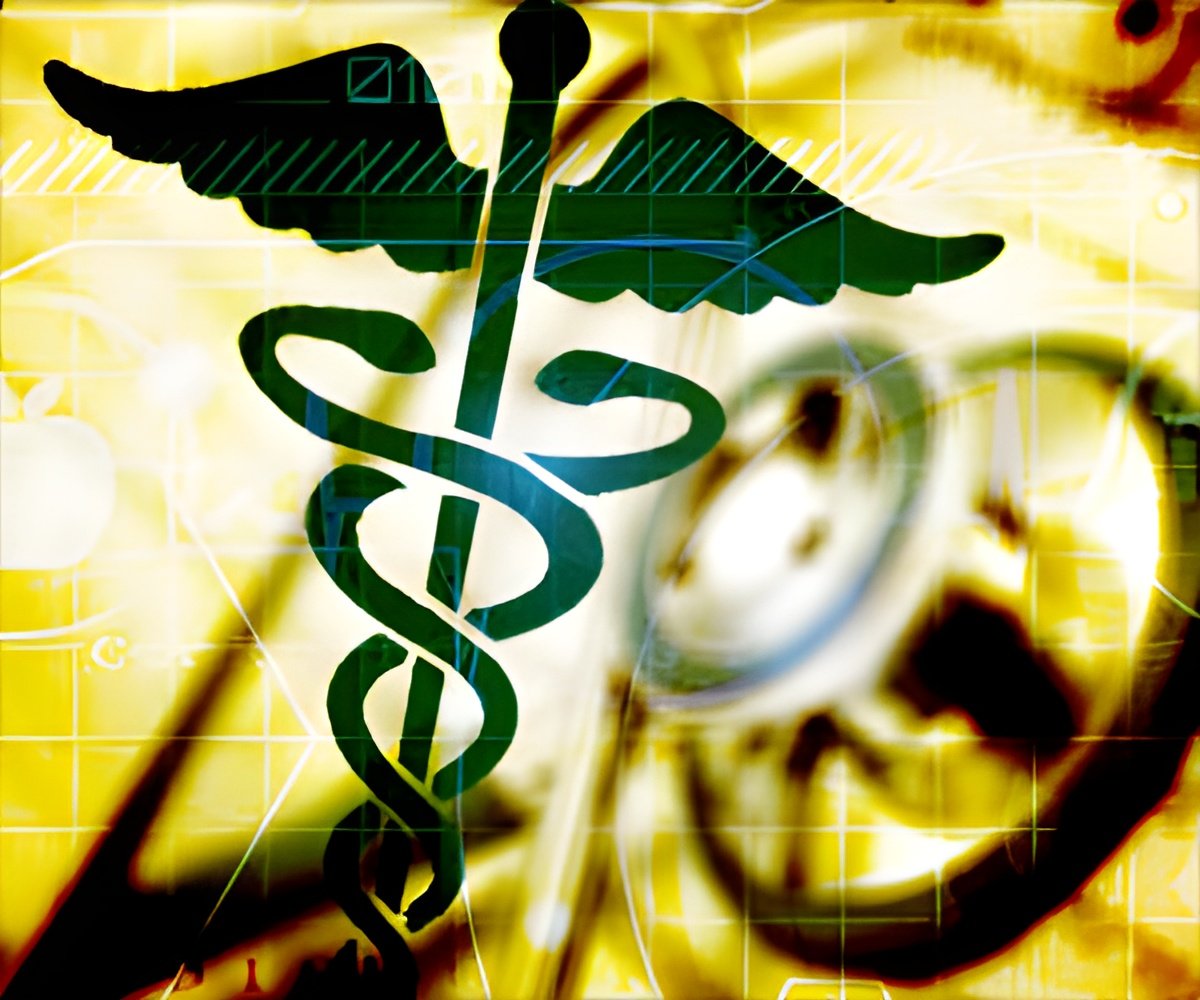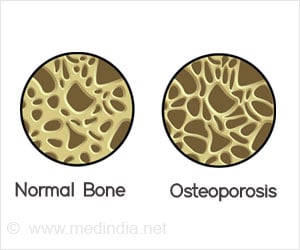The new University of Tulsa School of Community Medicine has population-based approach, where health-care providers try to take care of whole communities.

“There are 6,000 people and, I think, two to three doctors. The math does not add up,” he said. “You can see there is a great need for doctors in these rural communities ... .” During his undergraduate studies at Southwestern Oklahoma State University, his father, who had battled with depression, shot his mother before shooting himself.
“There I sat in the ER and experienced the moment in which the physician comes in and tears are already running down my face before they even speak because I know what they want to tell me — that ‘We have done everything we can and your father did not make it,’ ” he said.
“Looking back on that experience, I realize that as a future physician what a unique position I’m in that I can relate to that patient and say ‘I know what you have experienced and what tragedy feels like.’”
As a part of the first class of 28 medical students, Abbott will complete all four years of his medical education at the new University of Oklahoma-University of Tulsa School of Community Medicine. Classes began on August 24.
“Health care all across the country is moving very rapidly to a model of population-based health care, which is that physicians and other health-care providers try to take care of whole communities rather than just individual patients as they walk in the door,” said OU-TU School of Community Medicine Dean James Herman. “The School of Community Medicine is really ahead of its time because it’s based on that principal.” In addition to traditional medical school education, the students will learn about the social determinants of health, Herman added.
Advertisement
The partnership is a chance to bring together the strengths of both universities, said Gerard Clancy, dean of the TU College of Health Sciences and vice president of health affairs.
Advertisement
One of the main goals of the program is to reach under-served populations in rural and urban areas and learn how new doctors can assess social determinants of health and the surrounding populations to find ways to improve the system to bring better access to care and make it more affordable.
“I really wanted to be a part of this,” Abbott said. “It is revolutionary because it is easy to probably get involved with the medical system and not see any changes to it. ... But if we really want to serve people, I think we have to be willing to say maybe this is not the best option we have and maybe there are better things we can do to help them.”
Source-Medindia










